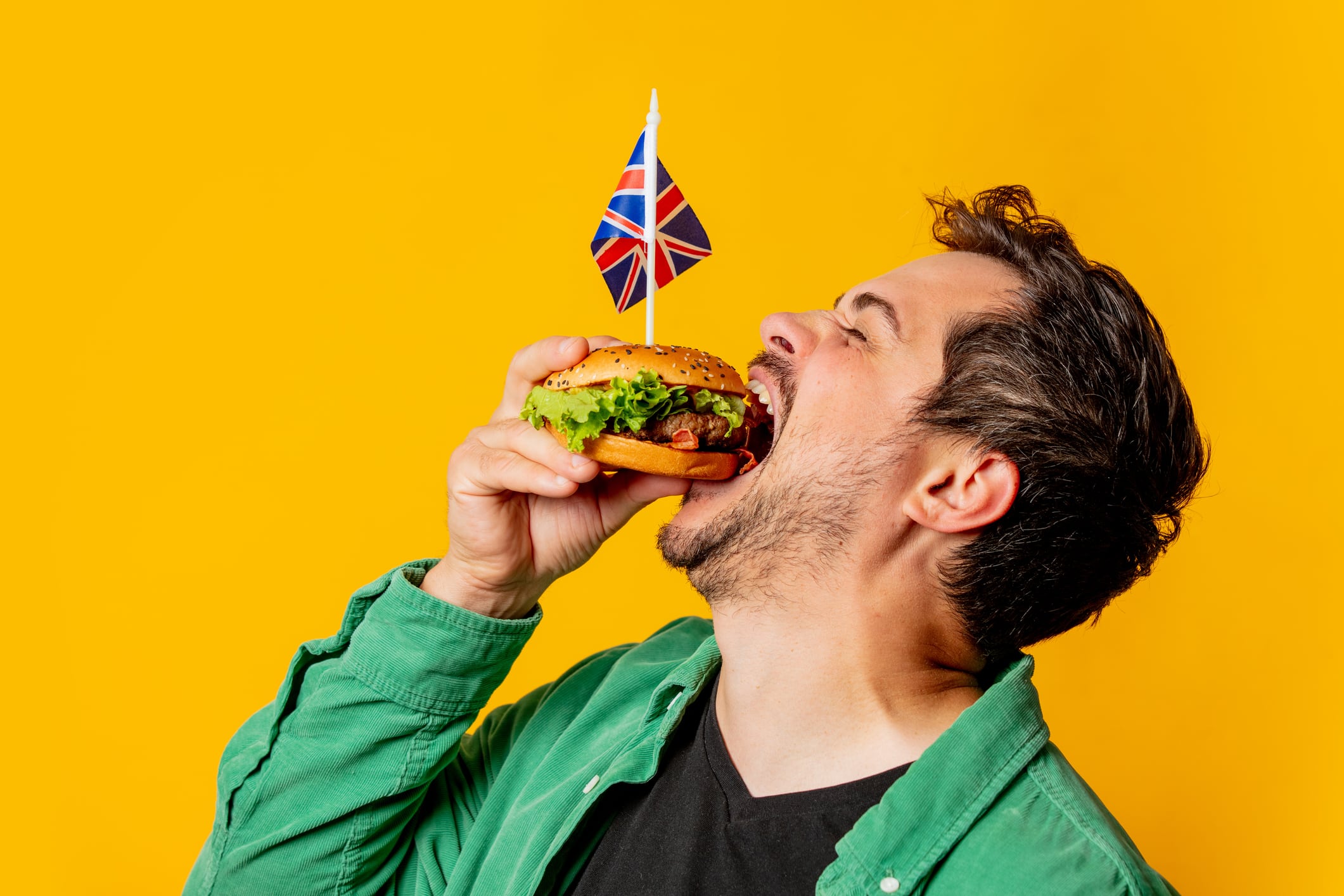What does the EU bioeconomy strategy mean for food – summary
- EU Bioeconomy strategy prioritises biotechnology and sustainability across multiple sectors
- Focus on bio-based plastics to cut chemical imports
- Novel food approvals will be streamlined with faster EFSA risk assessments
- Bio-based fertilisers promoted to reduce synthetic inputs and improve soil health
- Regulatory sandboxes pledged but may not be used for novel foods
The European Union has released its strategy on the bioeconomy, which focuses on the use of biotechnology.
This prefaces the first part of the upcoming EU Biotech Act, which is expected to be released mid-December.
While the strategy did not focus solely or even primarily on food – in its introduction, it states that while food is “a key part of the bioeconomy”, it is “not the primary focus of this strategy” – it still included several developments that could impact the industry.
What is the bioeconomy?
The bioeconomy is the economy based on the use of naturally derived, sustainable resources such as plants and microrganisms. Examples include bio-based packaging and precision fermentation-derived meat alternatives.
The EU wants to boost sustainable packaging
In the strategy, moving towards bio-based plastics and polymers, and bio-based fibre materials was considered a priority. These materials are often used in food packaging.
This was not only seen as a boon for sustainability, but also a way to reduce the EU’s dependency on imports of chemical feedstocks.
The Commission aims to support both the recognition and uptake of bio-based plastics and novel materials, under the Packaging and Packaging Waste Regulation.
By 2027, it aims to adopt both criteria and targets around the adoption of bio-based plastics.
The EU will aim to streamline novel food approvals
Many foods produced through biotechnology, such as precision fermentation-derived foods, are classed as novel foods by the EU. This means that they must undertake a lengthy authorisation process via the European Food Safety Authority (EFSA), which assesses risk.
In a recent interview with FoodNavigator, EFSA’s newly appointed executive director, Dr Nikolaus Kriz, said that faster risk assessments were his “lighthouse” and one of his chief preoccupations in leading the food safety body.
Now, the bioeconomy strategy has committed to speeding up and streamlining risk assessments of ‘bio-based products’, including food.
In particular, the strategy outlines, help will be provided to SMEs in gaining approval for “products based on advanced fermentation, including for food and feed”.
It also pledges to use regulatory sandboxes, testing areas where regulatory restrictions don’t apply, to help hasten the application process. These will be introduced by the Biotech Acts. However, this may not apply to novel foods, Euractiv reports.
The EU aims to adopt bio-based fertilisers
The adoption of bio-based fertilisers, such as microorganisms, recycled nutrients, and compounds, is also outlined in the strategy.
Through this, it aims to reduce reliance on synthetic materials and imports of key agricultural inputs, as well as improve soil function and resource efficiency.
The upcoming simplification omnibus for chemicals will streamline assessments required for the use of certain microorganisms used in fertilising products.
Furthermore, the Commission will evaluate the upcoming Fertilising Products Regulation to explore whether it is promoting organic and recovered materials.
Finally, it aims to promote knowledge of circular nutrient use among farmers.





